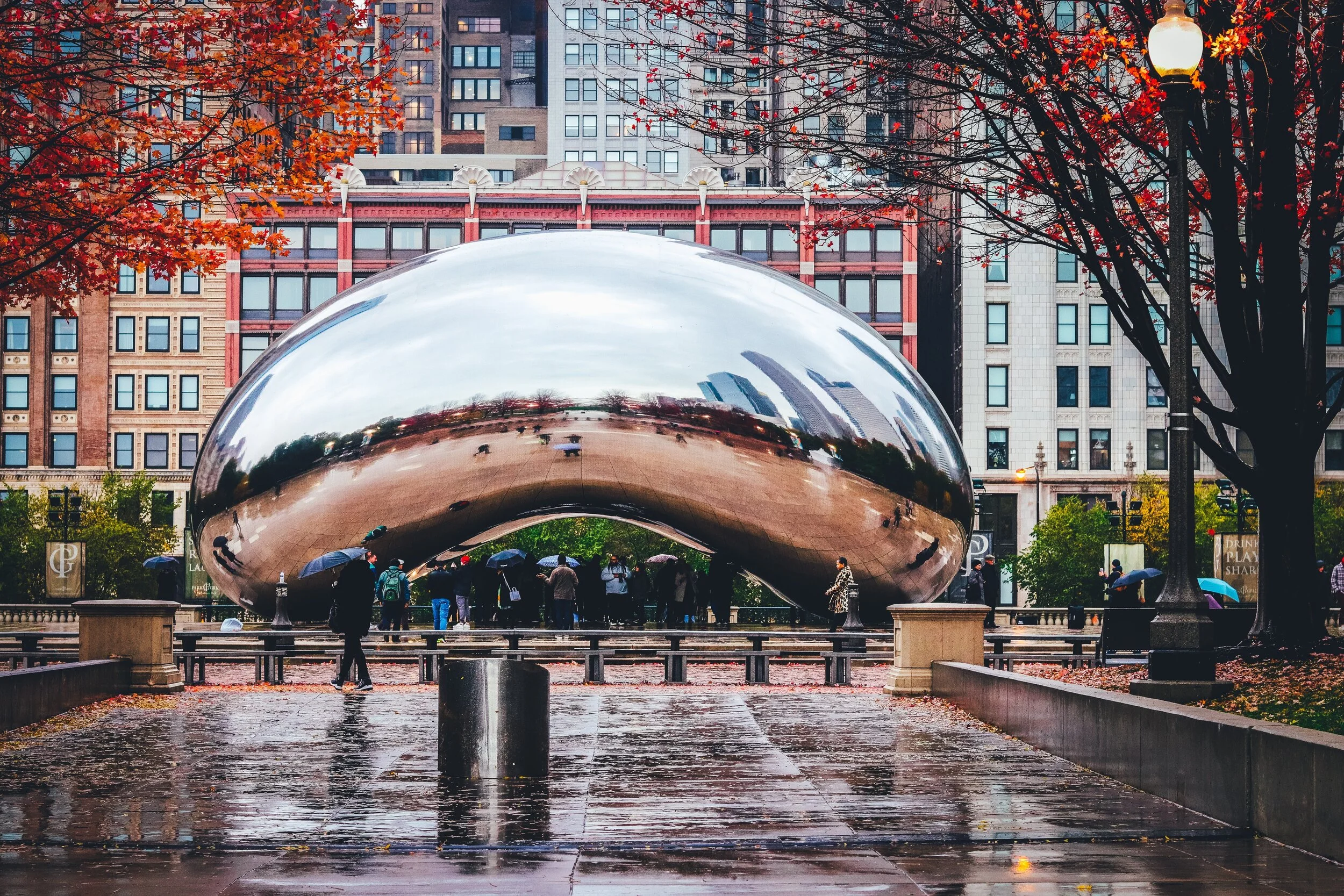As different types of museums (art, natural history, botanical, etc.) are problem-solving and experimenting with different UX designs to solve this issue, how is technology playing a role?
2022 UX Design in Museums: How Are “Innovative” Exhibits Driving Attendance?
User Experience Designers in today’s world must discover new ways to evolve their work alongside the external challenges that they encounter. Since the Covid pandemic began, many museums have adapted their exhibits to be accessible online, allowing for continued traffic and artist exposure— from the living room couch rather than in person. How have levels of digital readiness compared to user experiences?
The Connection of Digital Placemaking and Inequity
Through a narrative-focused approach to digital placemaking, users gain an understanding of the environment they inhabit and perhaps a sense of “home.” However, A true collective experience cannot take place when certain populations lack the access and/or ability to participate in events, particularly in a digital space. Digital inequity has been entrenched as a significant barrier to education, employment, healthcare, and commerce in the 21st century.
Building Interactivity into Public Art
Do you think that interactivity can improve an audience’s relationship with public art? One key element that differs public art from art produced for display in museums and galleries is that public art is often site-specific, meaning it is created in response to the place and community in which it resides. Therefore, creating public art needs a certain level of customization to the physical local environment.











